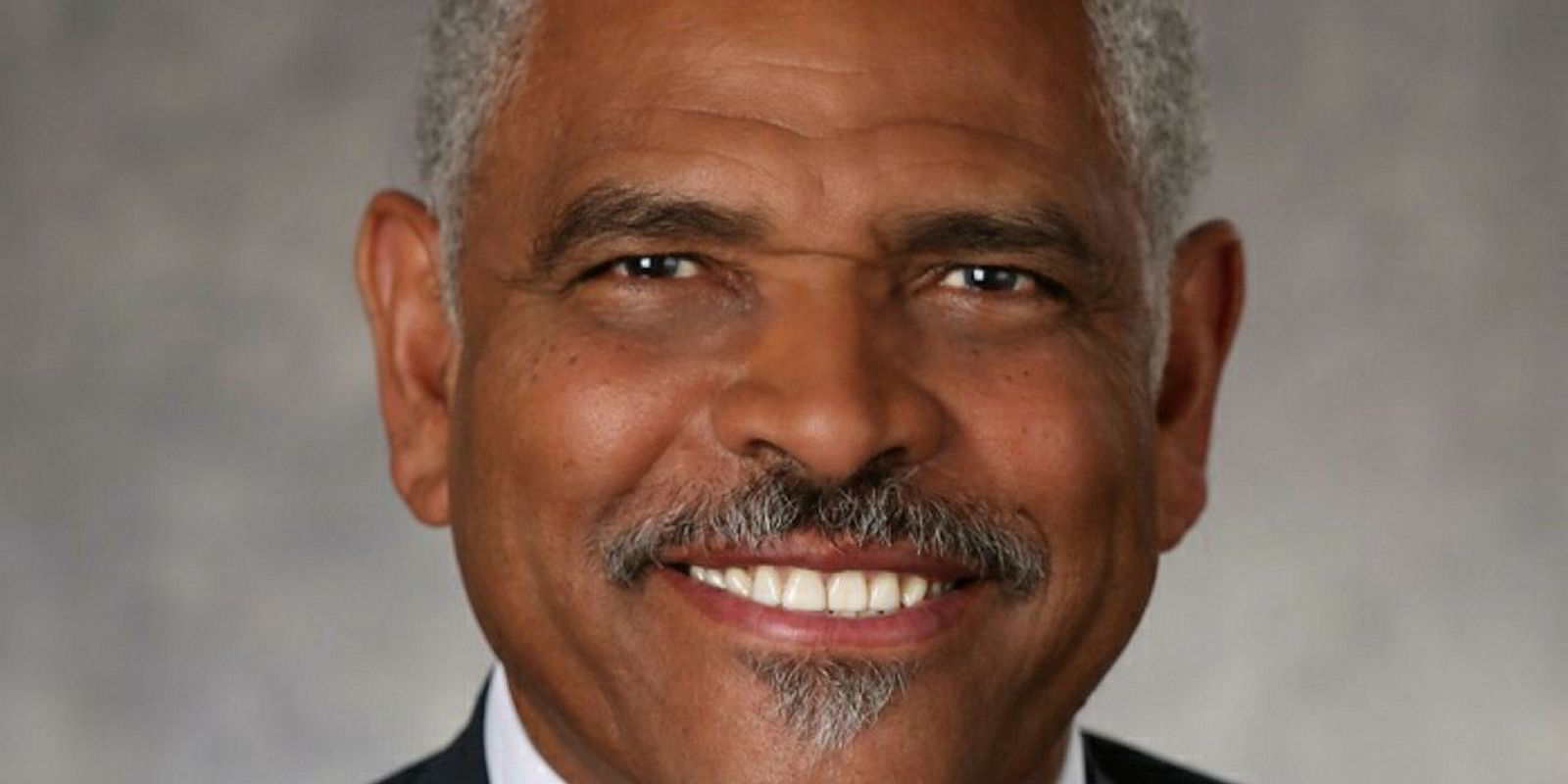Cruiseship giant Carnival« Corp denies a report that it has options at Finnish shipbuilder Meyer Turku for three more cruiseships of approximately 180,000 gt.
Chief communications officer Roger Frizzell says it still has just four firm newbuildings on order at the yard.
A spokesman for Meyer Turku was non-committal. "We have not confirmed or denied it.”
The options, which would likely be for delivery in the period 2024-2026, are claimed to be attached to an earlier order involving Miami-based Carnival Corp’s flagship brand, Carnival Cruise Line, for two sisterships due in 2020 and 2022.
Those LNG-powered vessels are reportedly costing $1.1bn each.
It means that if three options are exercised, the Carnival Cruise Lines order at Meyer Turku could be worth in total around $5.5bn.
The Finnish yard, part of the family-owned Meyer Werft group based in Germany, also has orders for two more approximately 180,000-gt cruiseships for Carnival Corp’s Costa brand, for delivery in 2019 and 2022.
Lower berth capacity of the Carnival Cruise Line ships is around 5,200 and 5,000 for the Costa vessels, which were said to be costing around $1bn each.
Robin Farley, of UBS Investment Research, brushes aside concern that more tonnage is being lined up on top of already record cruiseship orderbooks.
This is because ships are being ordered further in advance than historically, she says. What matters is when they are delivered.
“While capacity is historically a concern for investors, we believe there is some misunderstanding in the marketplace about the rate of supply growth, the rate of supply removal, and the historic rate of demand growth in cruising,” says Farley.
She says supply growth corresponds with the trend historically. Gross capacity in the all-important North American market is set to grow on average by 5% over the next two years, in line with the 10 year compound annual growth rate.
Older tonnage is expected to be withdrawn at an accelerated rate. Farley points to CCL recently taking a near $400m writedown of some assets, which UBS believes may be the precursor to sales to a secondary market. Older tonnage sold out of North America could replace ships in the European discount market built in the 1980s.



